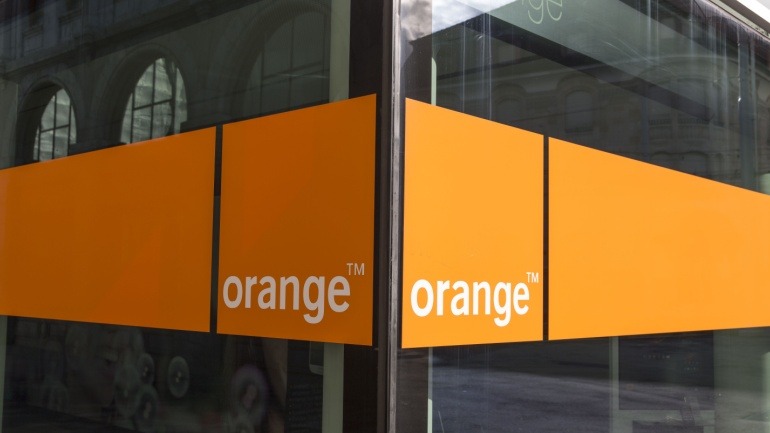Meta and a coalition of leading tech firms, including Google and Microsoft, have completed the infrastructure for the extensive 2Africa submarine network. This massive international subsea project promises to significantly boost internet connectivity across Africa, Asia, and Europe. With enhanced VoIP services, regions can expect accelerated economic growth and improved communication.
As the telecom industry gears up for 2025, security investments take center stage, driven by rising cybersecurity threats like DDoS and malware. This trend is crucial for VoIP providers focused on protecting data privacy and ensuring robust communication systems. Despite significant investment pressures, prioritizing security alongside 5G advancements remains a top strategy.
Orange is integrating multilingual AI into its Maxit super app, enhancing voice interactions in African languages like Wolof. This technological push, showcased at the Orange OpenTech event, aims to democratize digital access across Africa and the Middle East. Collaborations with OpenAI, Meta, and Nvidia support this innovative transformation in VOIP solutions.
Hrvatski Telekom’s strategic leadership shift paves the way for enhanced VOIP capabilities. As Boris Drilo moves to Deutsche Telekom, the focus intensifies on broadband and AI integration. With Ognjen Vukoslavović at the helm, expect advanced fiber deployment and wireless innovations, bringing pivotal opportunities in VOIP technology evolution.
Encountering an HTTP 524 error is a common challenge in the VoIP industry, signifying a timeout between a web server and reverse proxy, like Cloudflare. Efficient troubleshooting is paramount, particularly in optimizing server performance and leveraging load balancing and caching strategies to ensure uninterrupted VoIP services.
The integration of Microsoft Teams into the automotive industry has revolutionized communication and collaboration, especially for VoIP systems. Automakers leverage this platform to unify design engineers, sales managers, and technicians, dissolving traditional silos. By enhancing lead conversion and customer satisfaction, Microsoft Teams empowers rapid, data-driven decision-making throughout the automotive ecosystem.
In the evolving landscape of contact center security, BT’s innovative collaboration with Pindrop tackles the surge in voice fraud and deepfake threats head-on. By integrating advanced voice authentication and AI-powered security into their communications network, BT enhances VoIP systems, simultaneously safeguarding enterprises and improving customer trust. As fraudulent tactics become more sophisticated, leveraging technologies like Phoneprinting and behavioral analytics within VoIP solutions becomes essential. The synergy between BT and Pindrop exemplifies how state-of-the-art VoIP security solutions not only protect but also streamline operations in a digital-first era, paving the way for secure, efficient communication channels.
The telecom industry is transforming with agentic AI, as 41% of Communication Service Providers focus on network management enhancements. This shows a shift from AI’s traditional role in customer service to being integral in operations. CSPs must strategically and responsibly implement AI, ensuring reliable and secure VoIP network management solutions.
The telecommunications landscape in the EMIE region is witnessing a strategic transformation as major players like KPN and OTE rethink their fibre infrastructure strategies. This shift reflects a tactical reevaluation, aligning with technological advancements and market demands. Meanwhile, Deutsche Telekom and Vodafone explore AI-driven innovations, aiming for efficient and scalable networks. As companies navigate these changes, they focus on balancing innovation with financial prudence, highlighting the evolving dynamics in VOIP and digital infrastructure. The industry’s focus on strategic alliances and cutting-edge solutions underscores the importance of adaptability in a rapidly changing technological environment.
Telefónica’s strategic acquisition of a 50% stake in FiBrasil marks a pivotal step in enhancing its VOIP infrastructure and service delivery. By integrating FiBrasil’s fiber optic network, Telefónica plans to streamline operations and boost efficiency, reinforcing its presence in the competitive Latin American telecom market.













